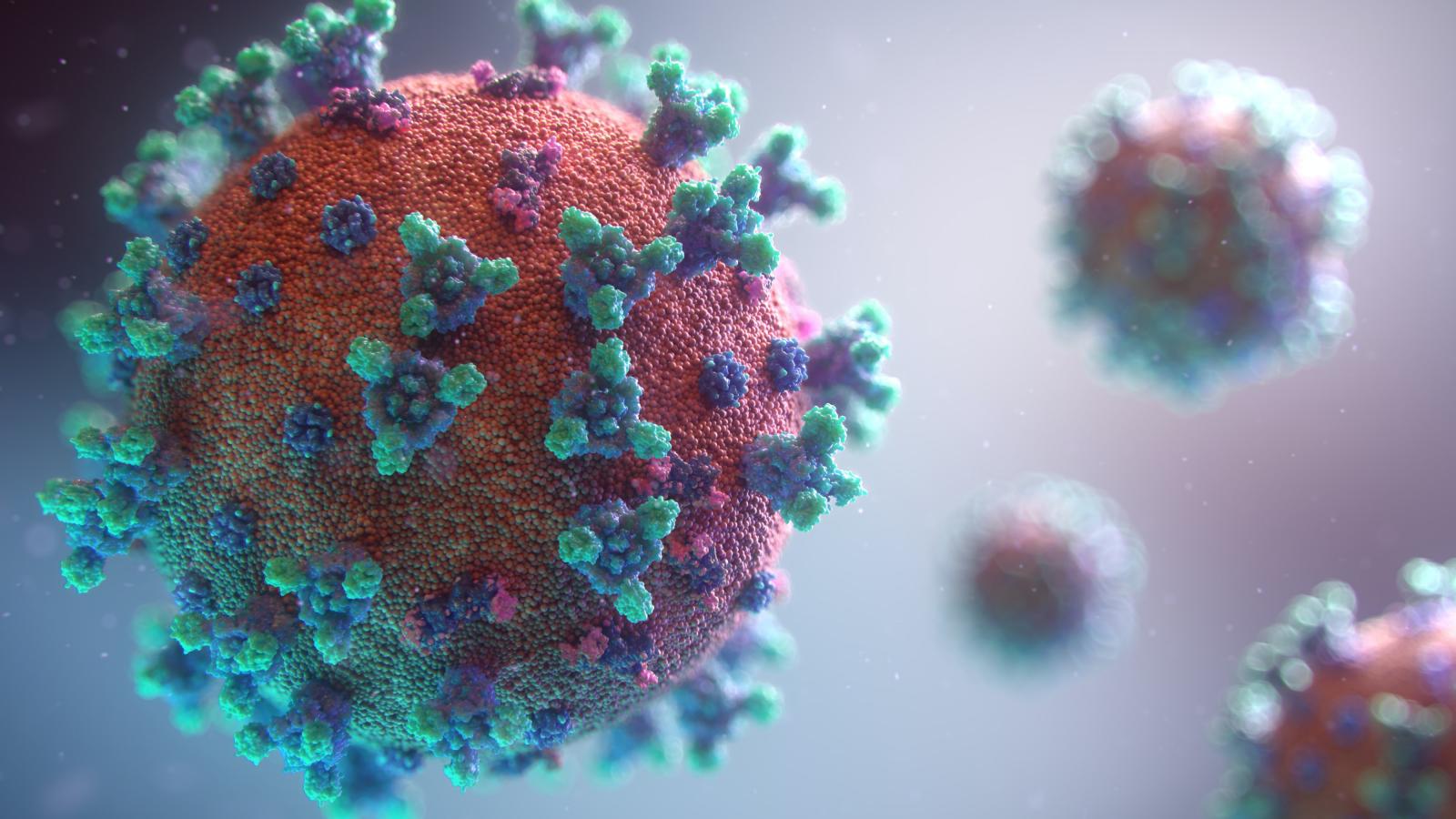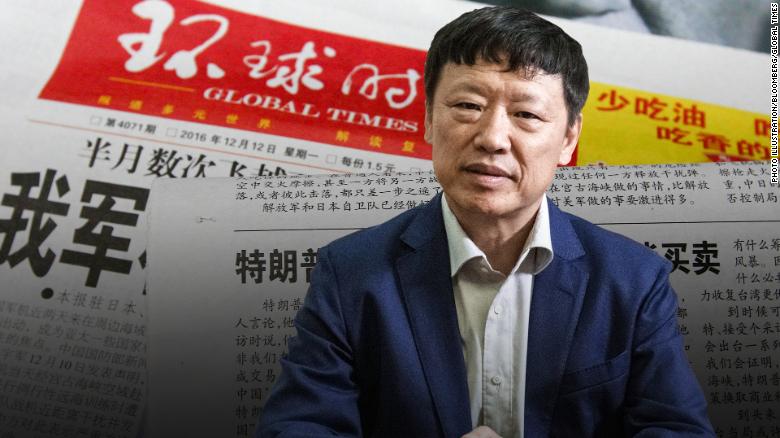AstraZeneca Plc has begun a large-scale human trial of its coronavirus vaccine in the US
Earlier reports said the company planned to test on 30K but the latest is it’ll be a test on over 50k. 30k in the US, 20k elsewhere around the globe.
In the US the tests are being conducted with the assistance of the University of Wisconsin School of Medicine and Public Health as one of the sites for the human trials. The plan is to begin trials with the volunteers on Tuesday, with tests to accelerate following the September 7 US Labor Day holiday.
How the tests will be conducted, in brief:
- adults aged 18 years or over
- from diverse racial, ethnic and geographic groups who are healthy or have stable underlying medical conditions, including those living with HIV, and who are at increased risk of infection from the SARS-CoV-2 virus
- participants are being randomized to receive two doses of either AZD1222 or a saline control, four weeks apart
- twice as many participants receiving the potential vaccine than the saline control
- trial is assessing the efficacy and safety of the vaccine in all participants, and local and systemic reactions and immune responses will be assessed in 3,000 participants.
- late-stage clinical trials are ongoing in the UK, Brazil and South Africa and trials are planned to start in Japan and Russia.
Adds the company (bolding is mine):
- Results from the late-stage trials are anticipated later this year, depending on the rate of infection within the clinical trial communities.
- In July 2020, interim results from the ongoing Phase I/II COV001 trial were published in The Lancet and showed AZD1222 was tolerated and generated robust immune responses against the SARS-CoV-2 virus in all evaluated participants.



